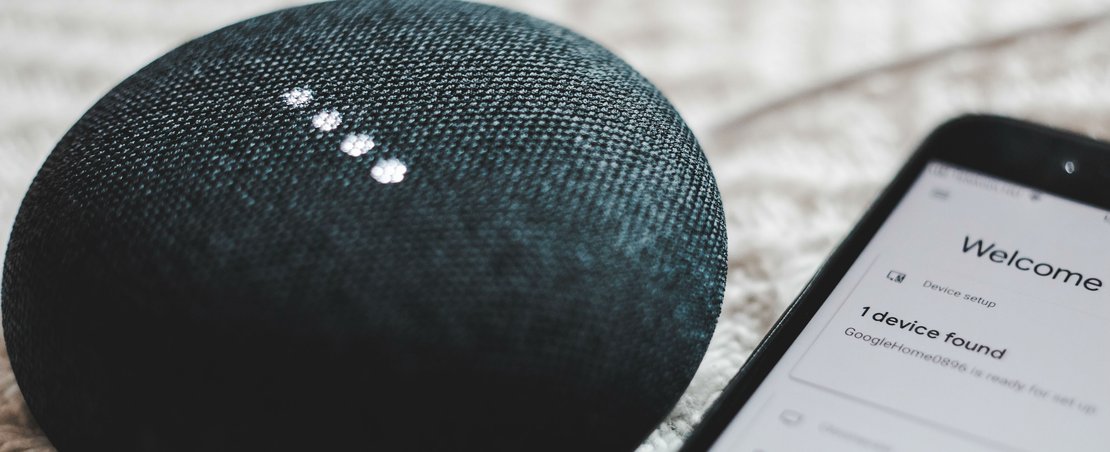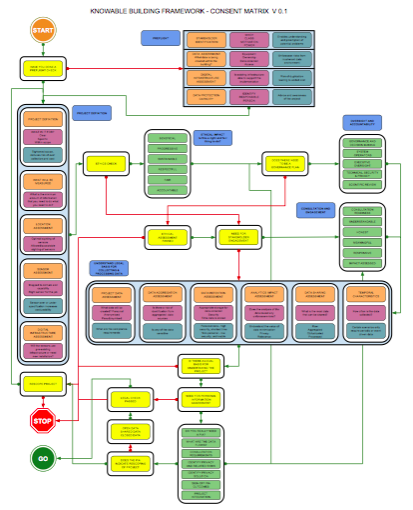
In December 2017, the Open Data Institute (ODI) kicked off three collaborative UK–France projects, which support ways to enhance data collaboration between both countries. Working with partner cities (Manchester & Rennes, Bordeaux & Bristol, Leeds & Lille) each project was given £20,000 to use data to strengthen commercial opportunities or tackle societal challenges.
In this blog, we talk to project lead Julian Tait, from Open Data Manchester, to find out more about the Knowable Building Framework (KBF).
The KBF is a project involving the Internet of Things (IoT) communities in Rennes and Manchester, which aims to identify the opportunities and challenges around the use of sensor-based systems within older buildings, and build a process for implementation. (The IoT is made up of physical devices which are connected to the internet – ranging from simple sensors to wearables – often with the capability to collect and share data). - The below is a summary of Julian’s answers to our questions.
What is the Knowable Building Framework about?Networked sensors and the IoT can bring great efficiencies and benefits to the management of buildings and public spaces by collecting data which can then be used to make evidence-based decisions about building management. The availability of low-cost devices and the ability to create data networks with relative ease – enabling connection to data centres and intelligence platforms – has the potential to create an explosion of connected devices within the public realm.
The Knowable Building Framework aims to identify the opportunities and challenges associated with the use of sensor-based systems within older buildings – and to develop an implementation process to identify and address technical, human and legal considerations. The process is described through a seven-stage consent matrix derived from the research, interviews and workshops undertaken through the project.
The consent matrix takes the user through a set of decision points and actions that start with a ‘preflight’ and end with a decision to stop, rescope or proceed. The matrix seeks to apply an ethical focus through: an ethics check; governance and oversight; and meaningful stakeholder engagement. Although the consent matrix suggests a mechanism for enabling people to consent to data processing, the focus is more on creating a more consensual approach to sensor implementation through stakeholder engagement and feedback.

What are the key findings, achievements and challenges around the KBF project?The development of the matrix led to some key findings that were incorporated into the matrix.
First, there is a clear propensity to over-collect data, and buildings generally host a number of different connected technologies that individually may be benign [ie do not identify individuals] but if the data was extracted and aggregated, could potentially fall foul of data protection regulations. Building managers and owners can be unaware of the range of systems within buildings, and if the system – in isolation or in aggregate – collects personally identifiable data, this should be considered and managed to ensure privacy is protected.
Also, sensor implementation needs to be specific and set up to answer to an identified problem – ad-hoc sensor implementation can lead to duplication of infrastructure and excess cost.
How has the KBF project helped connect data innovation in the UK and France?The consent framework is an evolving document and is available in both English and French and will be presented in Rennes later on in the year [2018]. The project also reinforced linkages between Manchester and Rennes.
Where can we found out more about the KBF project? Check out the Open Data Manchester website.
What’s next for the KBF? The project is an ongoing piece of work and is being developed into a comprehensive toolkit. We’re exploring potential collaborations regarding implementation of the toolkit.